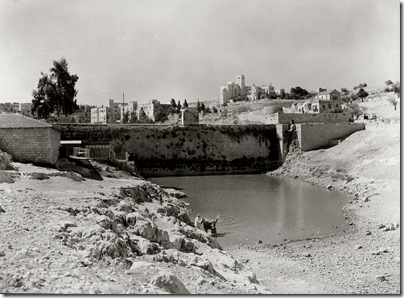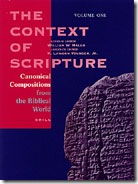Gordon Franz has just posted three transcribed interviews with staff members of the Hazor excavations, including Amnon Ben-Tor, Sharon Zuckerman, and Orna Cohen.
“Hazor is Number One…”: An interview with Amnon Ben-Tor
“Where is the Archive at Hazor?”: An interview with Sharon Zuckerman
“It is the Best Job in the World”: An interview with Orna Cohen
Cohen is a conservator, and she comments on the controversy of the James Ossuary. She believes that the second half of the inscription is original, but the first part is forged.
I had the pleasure of looking at and checking the James Ossuary and I gave my comments on it. I think the ossuary is authentic and a real one, but the inscription on it, I am convinced there are two hands that wrote the inscription. To my opinion, part of the inscription is faked, part is original. Of course, there are things that go on in trial now. They are still trying to figure out what is faked and by whom it was made. To my opinion, the name Joshua [on the ossuary] is real. The inscription reads: “Ya’acov bar Yosef achi Yehoshua.” [Translation: Jacob, or James, the son of Joseph, the brother of Jesus]. So the first part, I think is added. My professional opinion is almost against all the others that think the last name [on the inscription]; “bother of Jesus” (Joshua) is a fake. So my opinion was against the others [at the trial]. I checked and it’s according to the patina in the letters. There was a fake patina of just dirt that was put in these letters on purpose so I cleaned part of it and underneath there was the original, yellowish patina that based on my experience, was the original one. It was not on the first part of the inscription but it was on the last part of the inscription. That is what I gave as my opinion.

